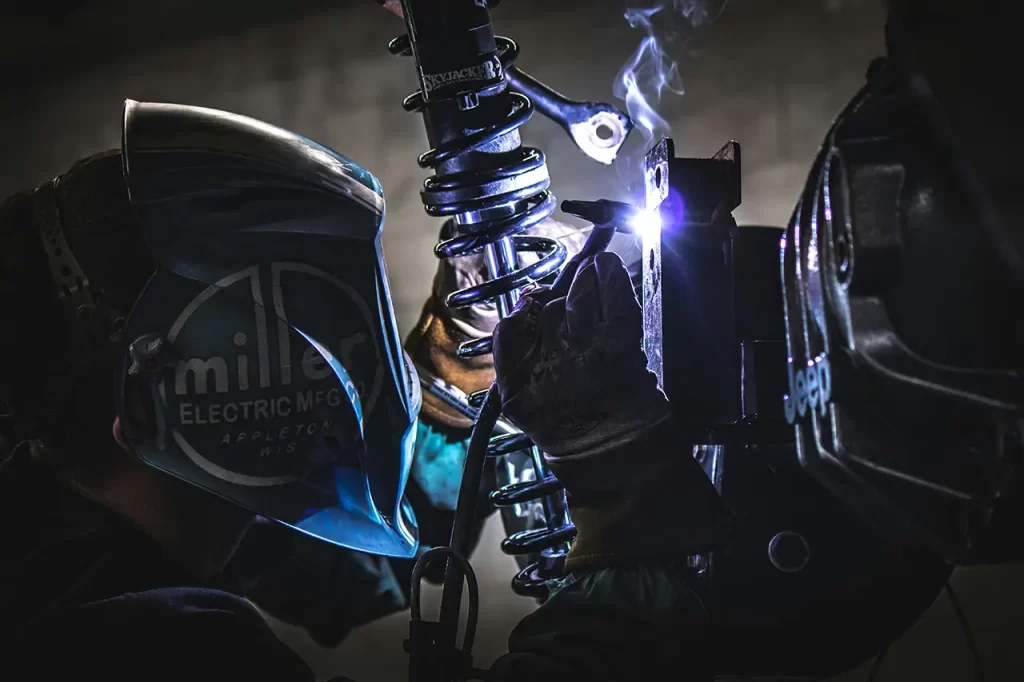Disclaimer: This post is not meant to be taken literally and is only meant to be a theoretical approach to what it would take to build a time machine. It is meant to get you creative juices flowing.
Time machines have intrigued humanity for centuries, offering a tantalising glimpse into the realms of the past and future. While constructing one may seem like the stuff of science fiction, it’s more attainable than you might think. In this comprehensive guide, we’ll walk you through the process of creating your very own time machine, step by step.
Understanding the Fundamentals
Theoretical Foundations for Building a Time Machine
Before delving into the practicalities of time machine construction, it’s essential to grasp the underlying principles. According to Einstein’s theory of general relativity, time is not a fixed construct but rather a dimension that can be influenced by gravitational forces. This forms the basis for various time travel theories, including the potential for creating closed time-like curves or traversable wormholes.
Selecting Your Approach
Numerous approaches exist for building a time machine, each with its unique challenges and considerations. For this guide, we’ll focus on a method known as the “Tipler Cylinder,” which offers a feasible starting point for aspiring time travellers.
Building Your Temporal Apparatus
Required Materials and Components
To embark on your time-travelling journey, you’ll need to gather the following materials and components:
Essential Materials:
- High-density alloys or titanium
- Advanced composite materials for structural reinforcement
- Powerful magnets
- Superconducting wires
- Cryogenic cooling systems
- A reliable power source, such as a nuclear reactor or advanced batteries
Critical Components:
- A sturdy rotating cylinder, crafted from the chosen materials
- Magnetic field generators strategically placed along the cylinder’s length
- Superconducting rings integrated into the cylinder’s structure
- Cryogenic cooling mechanisms to maintain superconducting states
- Control systems for power management and navigational control
Step-by-Step Construction Process for Your Time Machine

1. Fabricating the Cylinder
Begin by constructing the central cylinder using high-density alloys or titanium. This component will serve as the cornerstone of your time machine, demanding precision engineering and robust construction.
2. Installing Magnetic Field Generators
Next, strategically install magnetic field generators along the length of the cylinder. These generators will create the necessary magnetic fields to manipulate spacetime, facilitating temporal displacement.
3. Integrating Superconducting Rings
Incorporate superconducting rings into the cylinder’s structure, ensuring they are precisely positioned for optimal performance. These rings will induce rotational motion, essential for generating closed time-like curves within the apparatus.
4. Implementing Cryogenic Cooling Systems
Deploy cryogenic cooling systems to maintain the superconducting properties of the rings. Operating at ultra-low temperatures is crucial for eliminating electrical resistance and enabling sustained rotational movement.
5. Incorporating Control Systems
Integrate sophisticated control systems to oversee the operation of your time machine. These systems will regulate power distribution, monitor temperature levels, and facilitate precise navigation through the temporal landscape.
Testing and Calibrating the Time Machine
Before embarking on any temporal excursions, rigorous testing and calibration are imperative. Conduct extensive simulations and experimental trials to validate the functionality and safety of your time machine, ensuring it operates as intended without risking catastrophic temporal anomalies.
Precautions and Ethical Considerations
Ethical Implications
Always consider the ethical ramifications of time travel. Altering past events could have unforeseen consequences on the present and future timeline, potentially leading to paradoxes or disruptions in the fabric of reality.
Navigating in Your Time Machine and the Temporal Landscape
Navigating through time demands caution and meticulous planning. Develop comprehensive temporal maps and establish protocols for safe travel, avoiding temporal anomalies and respecting the integrity of historical events.
Conclusion
Constructing your own time machine is a monumental endeavour that combines elements of science, engineering, and imagination. While the journey may be fraught with challenges, the potential rewards – and risks – are unparalleled. So, roll up your sleeves, embrace the unknown, and embark on an extraordinary adventure through the annals of time.
Remember, with great power comes great responsibility. Use your time machine judiciously, and may your temporal odyssey be both enlightening and awe-inspiring.
Disclaimer: This post is not meant to be taken literally and is only meant to be a theoretical and hypothetical approach to what it would take to build a time machine. It is meant to get your creative juices flowing.








No Comments